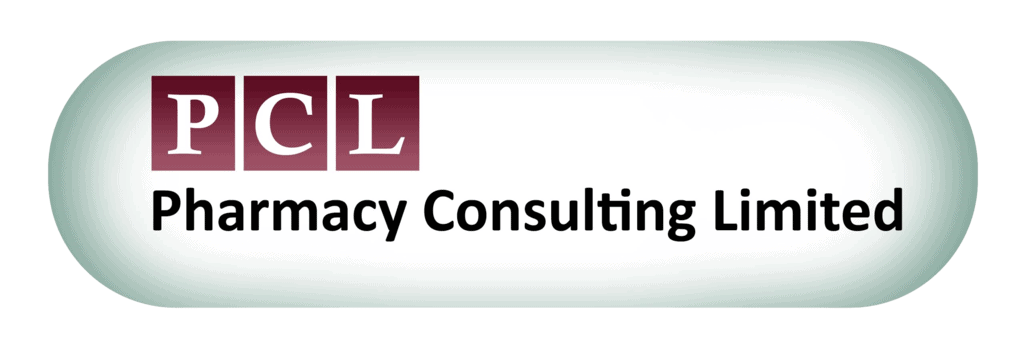Walgreen
As of 2013, Walgreens Co. is the largest pharmacy chain with 8,582 locations in the United States, providing multichannel access (drugstore, mail, internet and telephone) to pharmacy and consumer goods, as well as health and wellness services. The company’s main product segments are in pharmaceuticals, which comprise 63.0% of total prescription drug sales. According to Drug Channels, it has $44.8 billion of estimated prescription revenues in 2013, which ranks it the second place in the share of prescription revenues. Unlike CVS Caremark, currently Walgreens does not operate a PBM business. In March 2011, Catalyst Health Solutions Inc. acquired Walgreens’ pharmacy PBM business-Walgreens’ Health Initiatives Inc., which indicated Walgreens’ business focus on pharmacy chains. In 2010, Walgreens entered into a multiyear agreement with CVS Caremark, which includes Walgreens as an in-network pharmacy. Also, in 2012, Walgreens acquired BioScrip’s community specialty pharmacies and mail-service pharmacy business to diversify the company’s product portfolio. Although the company’s revenue increase was balked temporarily by the fallout of the loss of Express Scripts relationships in fiscal 2012, it achieved 0.8% increase in revenue with net earnings of $2.5 billion in fiscal 2013, which was propelled by the company’s alliance with Alliance Boots, allowing the company to leverage low prices in the procurement process. In addition, the chain’s revenue also benefits from improving health clinic performance. Its healthcare clinics provides services in around 350 stores by offering immunizations, minor ailment treatment, as well as health condition monitoring and management by trained pharmacists and nurse practitioners. In the five years to fiscal 2014, Walgreens’ revenue is expected to increase at an annualized rate of 2.9% to $73.0 billion, according to IBIS World.
CVS Caremark
CVS Caremark Corporation (CVS) was formed from the merger of CVS Corporation and Caremark Rx. As an integrated provider of prescription drugs and related healthcare services, it runs three business segments: retail pharmacy, pharmacy services (primarily through its PBM) and corporate. In 2013, the retail pharmacy segment, which is relevant to this industry, accounted for roughly 718 million retail prescriptions, which makes up 21.0% of the total US retail pharmacy market according to IBIS World. In addition, the retail pharmacy segment operates the largest and fastest growing retail clinics under the MinuteClinic name. As of 2013, there are over 800 locations in 28 states with a projected expansion to 1,500 clinics by 2017. The clinics are staffed by physician assistants and nurse practitioners who provide services such as diagnosis and treatment of minor health conditions, immunizations and physical examinations. In fiscal 2013, CVS reported more than $126 billion of net revenues with 11.5% growth in operating profit.
CVS made headlines in February 2014 when it announced that it was going to stop selling cigarettes and tobacco products at its roughly 7,600 stores across the country. This was expected to cost the company around $2 billion in revenue. Larry J. Merlo, president and CEO of CVS Caremark commented in a press release, “Put simply, the sale of tobacco products is inconsistent with our purpose.” Merlo also stated that the move “better positions us for continued growth in the evolving health care marketplace.” To further this end, CVS launched “a robust national smoking cessation program,” through its MinuteClinics by offering information and treatment, according to the CVS website.
Rite Aid
Rite Aid Corporation is the third-largest drug store chain in the United States with an estimated 4,600 stores in 31 states. In fiscal 2013, prescription drug sales contributed to 67.6% of total sales. Other products include front-end products, such as OTCs and consumer goods. The company has tried to differentiate its store through wellness and loyalty programs, which it called Wellness Stores, by offering a range of private brand products such as organic foods along with workout and fitness equipment and forming strategic alliance with GNC, a leading retailer of vitamin and mineral supplements. Over the five years to fiscal 2015, IBIS World estimates that Rite Aid’s revenue will grow at an annualized rate of 0.1% to $25.9 billion. The growth is likely to be further boosted in fiscal 2015, as the company’s ambition of developing a market niche as a destination for health combined with wellness.
